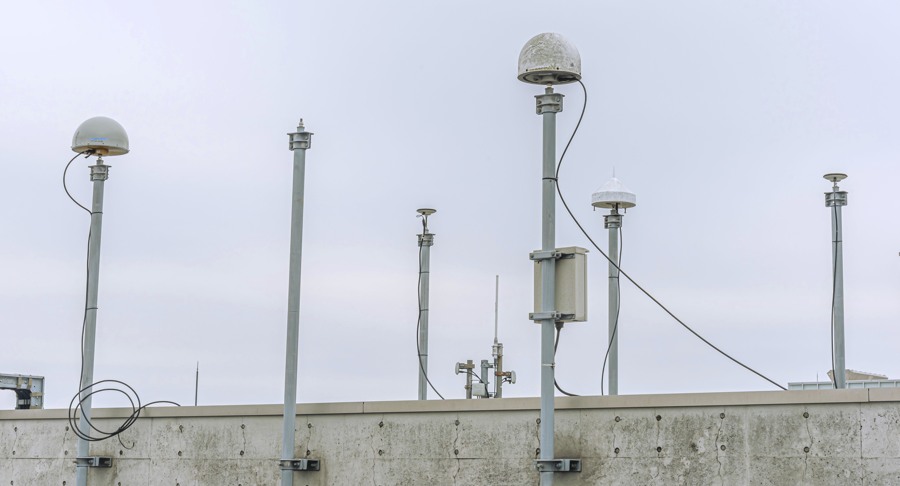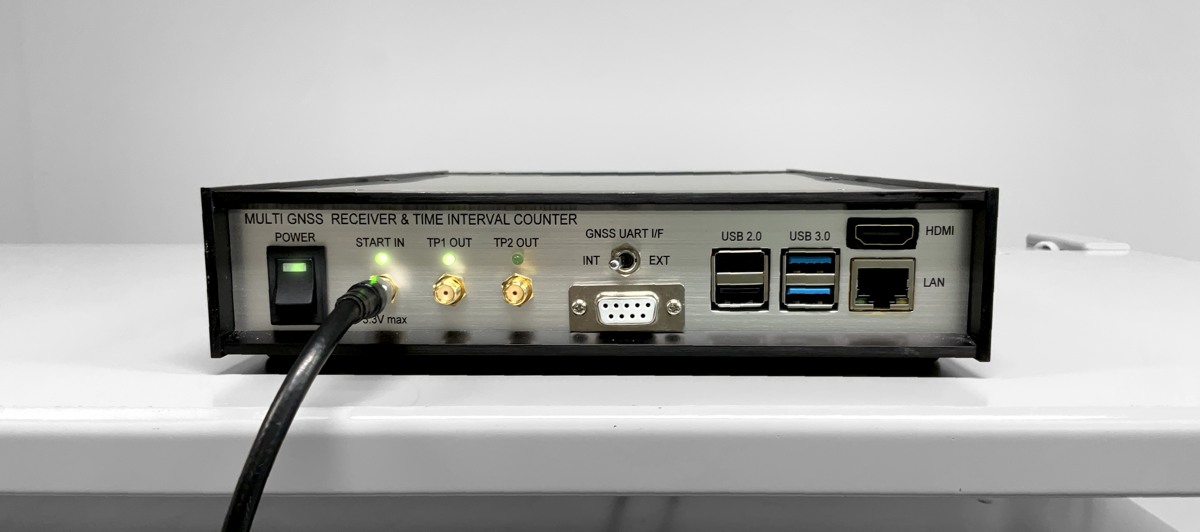Multi-GNSS Time Comparison

Global navigational satellite systems (GNSS), such as the GPS systems used in car navigation, rely on the highly stable atomic clocks that their satellites are equipped with. These clocks can also be used for time comparison, which is done for example in the generation of Coordinated Universal Time (UTC).
In the past, only the GPS satellites developed by the United States were used for time transfer. But today, multi-GNSS receivers can also handle signals from Russia's GLONASS, Europe's Galileo, and China's BeiDou system of satellites. Within Japan, signals are also available from the satellites of the Michibiki Quasi-Zenith Satellite System . Research conducted at NICT investigates time transfer using such multi-GNSS receivers.
. Research conducted at NICT investigates time transfer using such multi-GNSS receivers.
The National Institute for Information and Communications Technology not only provides data from multi-GNSS receivers to the international time transfer network as part of its contribution to UTC, it also uses multi-GNSS time transfer to synchronize time signals generated at its separate facilities. This is important both for resilient, decentralized operation, and to ensure the correct broadcast of Standard Radio Signals.
In addition, we are developing a multi-GNSS receiver designed to simplify such multi-GNSS time transfer. While this receiver cannot quite match the accuracy of time comparisons available from specialized Precise Point Positioning (PPP) devices that include the carrier phase of the signals in their evaluation, we aim to produce a device that can provide reliable and easy time synchronization.


